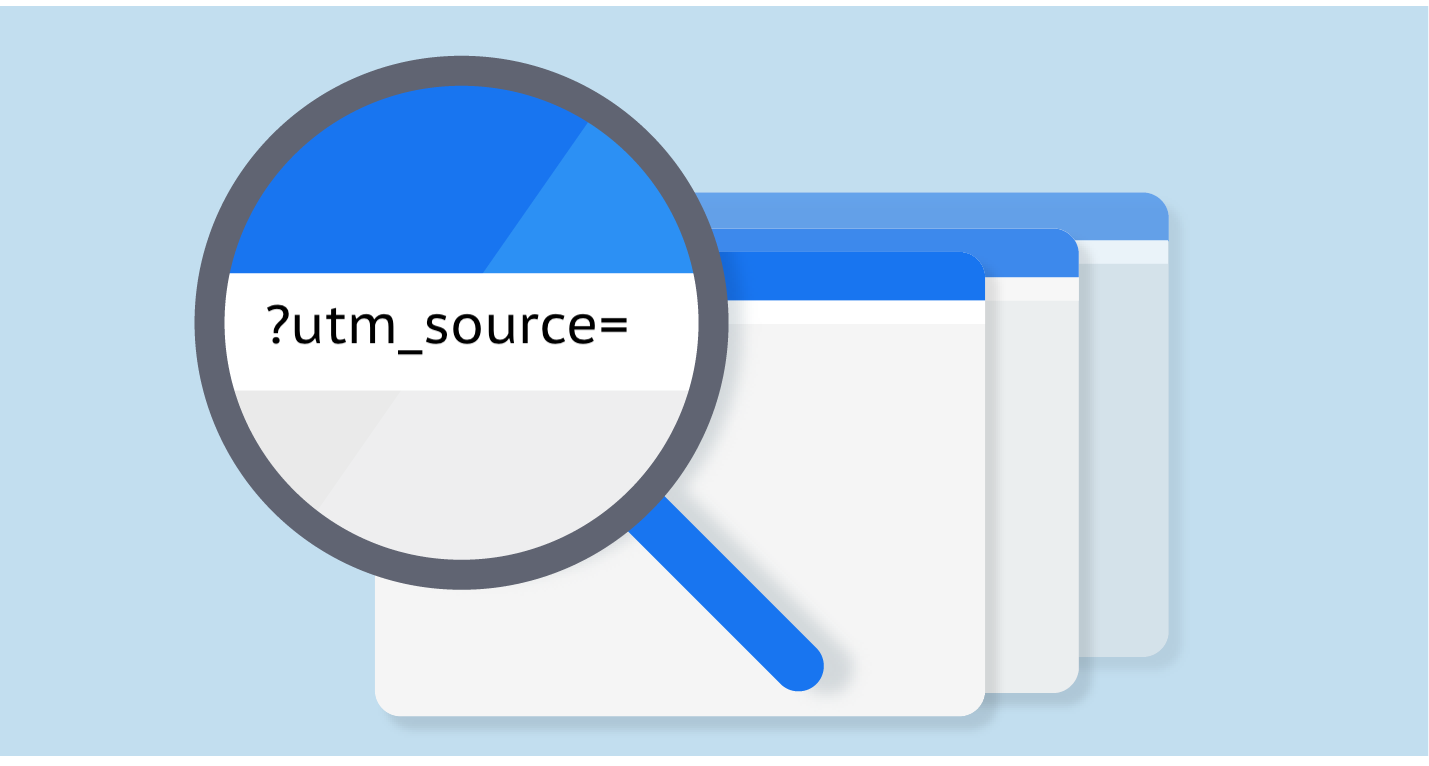

Customers decide which security functions in the integrated network firewall device they need to secure their organization. Over time, additional features were consolidated into a single solution. The term NGFW was introduced in 2003 by Gartner to describe a firewall that integrates additional functionality beyond that of a simple stateful firewall. This was a separate report from the Gartner analysis of the enterprise firewall Magic Quadrant report.

In 2008 Gartner, a global research and advisory firm, introduced the UTM Magic Quadrant report and defined the unified threat management (UTM) market as multifunction network security products used by small or midsize businesses (SMBs) of less than 1000 employees. IDC, a global market intelligence firm, defined the term UTM in 2003 to track the security appliance market. The difference between the two is not clear and has evolved over the years as newer security technologies became integrated into network firewalls. Next-generation firewalls (NGFWs) and Unified threat management (UTM) solutions are both designed to consolidate multiple security functions into a single solution. This makes it easier to meet the access control requirements of regulations like PCI DSS, HIPAA, and GDPR. Simplified Compliance: UTM solutions with identity-based security policies simplify the process of implementing access controls based on least privilege.

By eliminating context switching between dashboards, this improves the efficiency and effectiveness of security staff. Centralized Management: UTM centralize monitoring and management into a single console.This provides a higher level of flexibility than an approach that requires deployment of a new appliance to support new functions. Security Flexibility: Unified threat management is designed to adapt and integrate new security functions as they become available.This consolidation enables an organization to take advantage of significant cost savings. Cost Savings: UTM solutions replace multiple security products.This single tool is easier to configure, update, and manage than an array of independent solutions. Reduced Complexity: With UTM, an organization transitions from multiple standalone security products to a single solution.This enables security teams to more quickly detect potential threats based on richer and more contextual data and supports rapid response across the entire enterprise environment. Security Consolidation: Unified threat management solutions integrate multiple security functions into a single solution.Some of the primary benefits of UTM security solutions include: The goal of a Unified threat management is to improve security team efficiency and effectiveness by reducing the number of standalone security solutions that they must deploy, configure, monitor, and maintain.


 0 kommentar(er)
0 kommentar(er)
